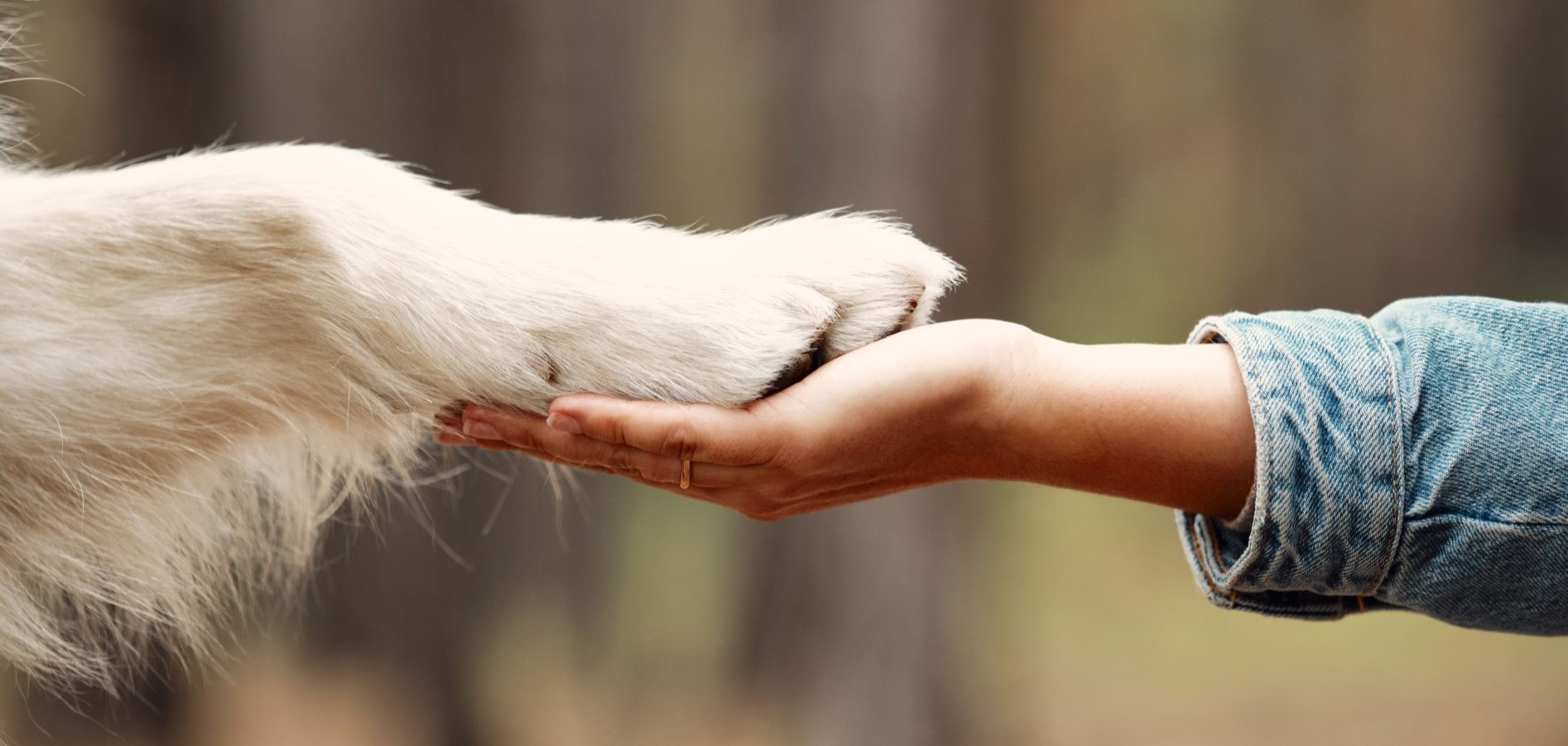Your shopping cart is empty
JavaScript seems to be disabled in your browser. For the best experience on our site, be sure to turn on Javascript in your browser.
Orders of more than £100.00 will be shipped free. Flat shipping rate of £7.00 on all orders up to £100.00
Are you a groomer or pet professional? Click here

Do you want to learn the best tricks to train your dog? Putting them into practice at any stage of its life is the key to having a well-behaved dog that’s integrated into society.
p>It’s often, incorrectly, assumed that dog training only needs to be done when dog are little pups. However, it's meant to last a lifetime. Like people, they too can keep learning throughout life. So, you have to be constant and train your dog every day, whatever age it is.
Check out these top tips. If you keep at it, you’ll get excellent results.
They have a short attention span, just like us. Although it depends on the breed and characteristics of the dog, the most productive training sessions should be no more than ten or twenty minutes. One or two sessions a day is more than enough.
Although dog training lasts a lifetime, basic ground rules are of the utmost importance. So, start as soon as possible with puppies and any new dogs you get. Set down a few ground rules right away that are simple and easy to follow. Be consistent and inflexible; this is the way they learn.
Rewards are a great way to motivate and teach your dog what it’s doing right at all times. When given a reward, the dog associates its behavior with the reward and learns to repeat it. This could be in the form of treats, being petted or playing games. When it does something wrong, ignore it so it understands that it won’t be given a reward.
Rewards are nice, but they're even better when accompanied with praise. Praise in a friendly, high-pitched voice, in particular if you’ve got puppies. On the other hand, when they do something bad or disobey you, speak with a sterner voice.
Dog abuse is horrific and an unproductive way of training your dog. This will only lead to your dog not trusting you . A serious voice, a disapproving facial expression and some soft noise will have the effect you need.
Puppies and highly-strung dogs may bite excessively when they're playing. Young pups are unable to control their strength and make this mistake until they learn to control themselves. Let out a small scream when you feel its teeth, so it lets go of you. Then ignore it for twenty seconds; then keep playing like you were before.
Asking it to come to you when you're going to tell it off is a huge mistake. If you want to make it understand its bad behavior, get close to it. Otherwise, it will think that whenever it approaches, you’re going to punish it, so it’ll end up avoiding you.
This is another key skill to practice. If it's an adult dog, observe what kind of dog it is before you start training it. Above all, identify what makes it nervous and uncomfortable; avoid those stimuli until it trusts you. If, for example, the dog is uneasy about the dog grooming scissors, don’t train right after using them.
Just as important as setting fixed training sessions is not interfering with the other routines you already have in place. Plan your training sessions with its favorite activities, such as a walk or its favorite games.
Nobody is born knowing everything; much less dogs, especially when they’re adults. So, you need to be patient and value any progress,even if they’re not progressing as fast as you’d like them to.
The best dog groomers have some very valuable resources in their kits. These are the materials for dog training that you need when training your dog:
Some trainers also use other things, such as carriers, anti-bark collars or targets. In any case, personalize the training and follow these tricks to train your dog by being patient and having a positive attitude. Start as soon as possible and you’ll see how quickly they progress.